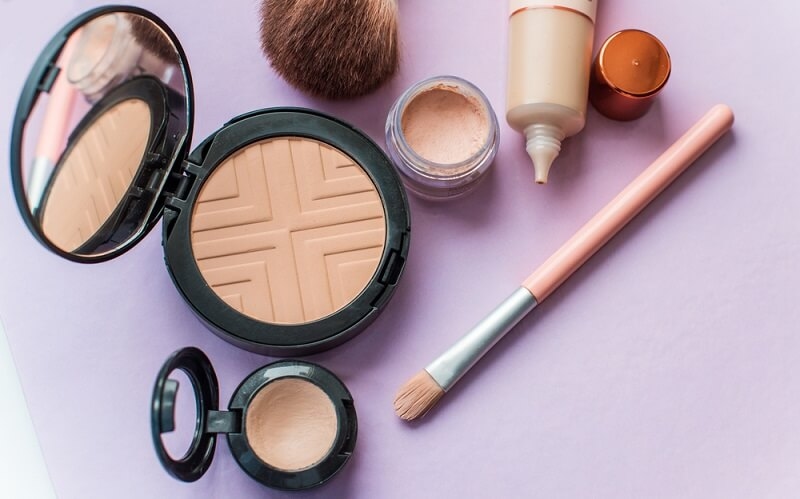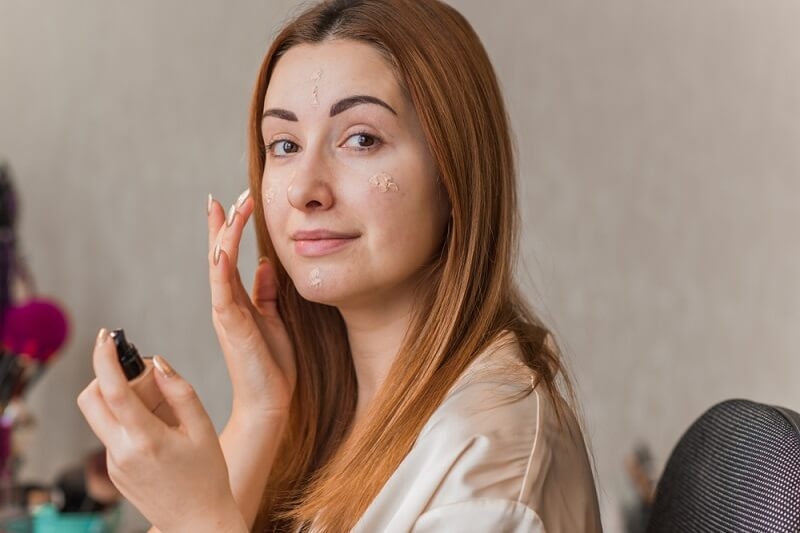How to Properly Choose the Best Concealer for Oily Skin?

Let’s be honest—oily skin can be a real wild card when it comes to makeup. You apply your products with care, set it with powder, and yet by midday? Hello, shine. And worse? That concealer you carefully dabbed on? It’s either creased, melted off, or decided to highlight every pore like a neon sign.
So if you’ve ever found yourself asking “Why does my concealer vanish or make my skin worse?”—you’re not alone. The answer lies in picking the right concealer for oily skin—one that can actually stay put without clogging your pores or turning your T-zone into an oil slick.
Let’s walk you through exactly how to choose the one that works for you.
Why Is Concealer So Tricky for Oily Skin?
Because oil breaks down makeup. That’s the short answer.
Oily skin produces more sebum, which interferes with how makeup bonds to your face. The wrong formula? It’ll slide, pool into fine lines, and sometimes oxidize into a darker shade. And no, blotting papers won't fix that mess.
What you really need is something that’s:
- Oil-free
- Long-wearing
- Matte-finish
- Sweat-resistant
- Non-comedogenic (a fancy term for “won’t clog your pores”)
Basically, products that can hold up under pressure—literally.
What Makes the Best Concealer for Oily Skin?
There’s no one-size-fits-all. But there are non-negotiables.
Coverage: Are you hiding dark circles, acne marks, or both? If it’s the latter, you’ll need something with medium to full coverage.
Texture: Liquid and stick concealers generally work best for oily skin. Cream-based or emollient-heavy formulas might feel too greasy.
Finish: A matte concealer for oily skin will control shine while giving a smooth finish that doesn’t emphasize pores.
Ingredients: Look for salicylic acid, niacinamide, and other oil-controlling ingredients. Skip anything with coconut oil or lanolin.
Concealer Types—What Works (and What Doesn’t)
Let’s break it down:
1. Liquid Concealers
Best for under eyes and general redness. Choose one with a matte or natural-matte finish. The lighter consistency blends easily and sets well with powder. These are ideal if you want a natural look that doesn’t budge by 2 PM.
2. Stick Concealers
They’re solid, thicker, and usually offer more coverage. Stick concealers are your go-to for pimples, scars, and pigmentation spots. Many offer a blurring effect—bonus!
3. Cream Concealers
While they offer serious coverage, they can feel too heavy for oily skin types—unless the formula is specifically designed to be non comedogenic and oil-absorbing. Use sparingly or avoid altogether if you’re acne-prone.
How to Choose Based on Your Problem Areas

For Dark Circles
Use a lightweight, long-wear formula that won’t crease. Go one shade lighter than your foundation. If your under-eyes tend to get oily, lightly powder the area with a setting powder after applying.
For Acne & Blemishes
Choose a long wear concealer oily skin formula with high coverage. Make sure it’s non-comedogenic. You want something that covers but also lets the skin breathe. Dab, don’t rub. And never use the wand directly on the blemish—use a clean brush or finger.
For Uneven Skin Tone
A lightweight formula that blends seamlessly into your base is key. Match it exactly to your skin tone—don’t go lighter or darker.
Wait—What About Colour Correctors?
If you’ve got hyperpigmentation, green or peach color correctors can help neutralize discoloration before applying concealer. But choose oil free versions only. No creamy sticks or balms here.
Check Out: How The Fashion Editors Are Styling Denim Culottes for Women
The Role of Skincare (Yes, Really)
You could have the best product in the world, but if your skincare is off, nothing will last.
Before applying any makeup:
- Wash your face with a gentle, oil-balancing cleanser.
- Apply a lightweight, oil-free moisturizer.
- Always use a primer. A mattifying primer on the T-zone is magic.
Now your canvas is ready.
Application Tips That Make All the Difference
- Use less product. You can always build coverage.
- Set immediately. Apply translucent powder as soon as you’re done blending.
- Use a sponge or brush—not fingers. This prevents over-application and keeps oil from your hands off your face.
- Blot mid-day. A quick touch-up with powder and a blotting sheet can refresh your look instantly.
Bonus Tip: Concealer Placement
Want to look naturally flawless? Don’t smear it everywhere. Use a precise brush to apply directly on the spots you need. Tap it in. Blend the edges. Then powder.
Should You Try a Post-Foundation Touch-Up?
Yes! If you notice any oil breaking through after applying foundation, gently blot and then dab a tiny bit of concealer again. Finish with a light dusting of powder. It’ll last longer.
Still Confused? Here’s the Recap
If you're still wondering what your concealer checklist should look like, here it is:
- Lightweight but buildable
- Oil-free and non-comedogenic
- Matte or natural-matte finish
- Long-lasting, sweat-proof
- Creamy enough to blend, but dry enough to set
That perfect postbiotic supplement gut health product for your face? It exists. You just need to shop smarter.
Don’t Forget: It's Not Just the Concealer
Yes, this blog is about concealer. But your entire routine plays a role.
- Primer controls oil.
- Foundation creates the base.
- Setting powder locks it in.
- Blotting papers help during the day.
Concealer is your spot-fix hero. But it works best when the rest of the team shows up.
How to Spot a Non-Comedogenic Concealer (Without Getting Fooled)
Let’s clear something up—not every product that says “non-comedogenic” actually behaves like one. The term means it won’t clog your pores, but there’s no strict regulation on who gets to slap it on their label. Sneaky, right?
So, how do you really know if a non comedogenic concealer oily skin friendly option is legit?
Check the ingredients list. Avoid culprits like isopropyl myristate, coconut oil, lanolin, and talc in high concentrations. Instead, look for silica, kaolin clay, or salicylic acid—these ingredients help absorb oil without suffocating your skin.
Also, observe how your skin reacts over a few days. If new breakouts start showing up exactly where you applied concealer, that’s a red flag. Trust your skin more than the packaging.
If you're still unsure, go for brands that dermatologists recommend or that have plenty of verified reviews from oily or acne-prone skin users. A little digging now saves a lot of regret later.
Read More: 90s Bottom Belly Button Piercing Are Cool Again in 2025
Final Thoughts
Oily skin doesn’t mean you have to avoid makeup—or accept that it’ll slide off before lunch. You just need products that play well with your skin type. And once you find that holy grail oil free concealer for oily skin? Game-changer.
Confidence doesn’t come from perfection. It comes from feeling like yourself. With the right concealer, you’ll step out knowing your skin looks fresh, not greasy; covered, not cakey.
Shine where you want to shine—not on your forehead.
This content was created by AI
